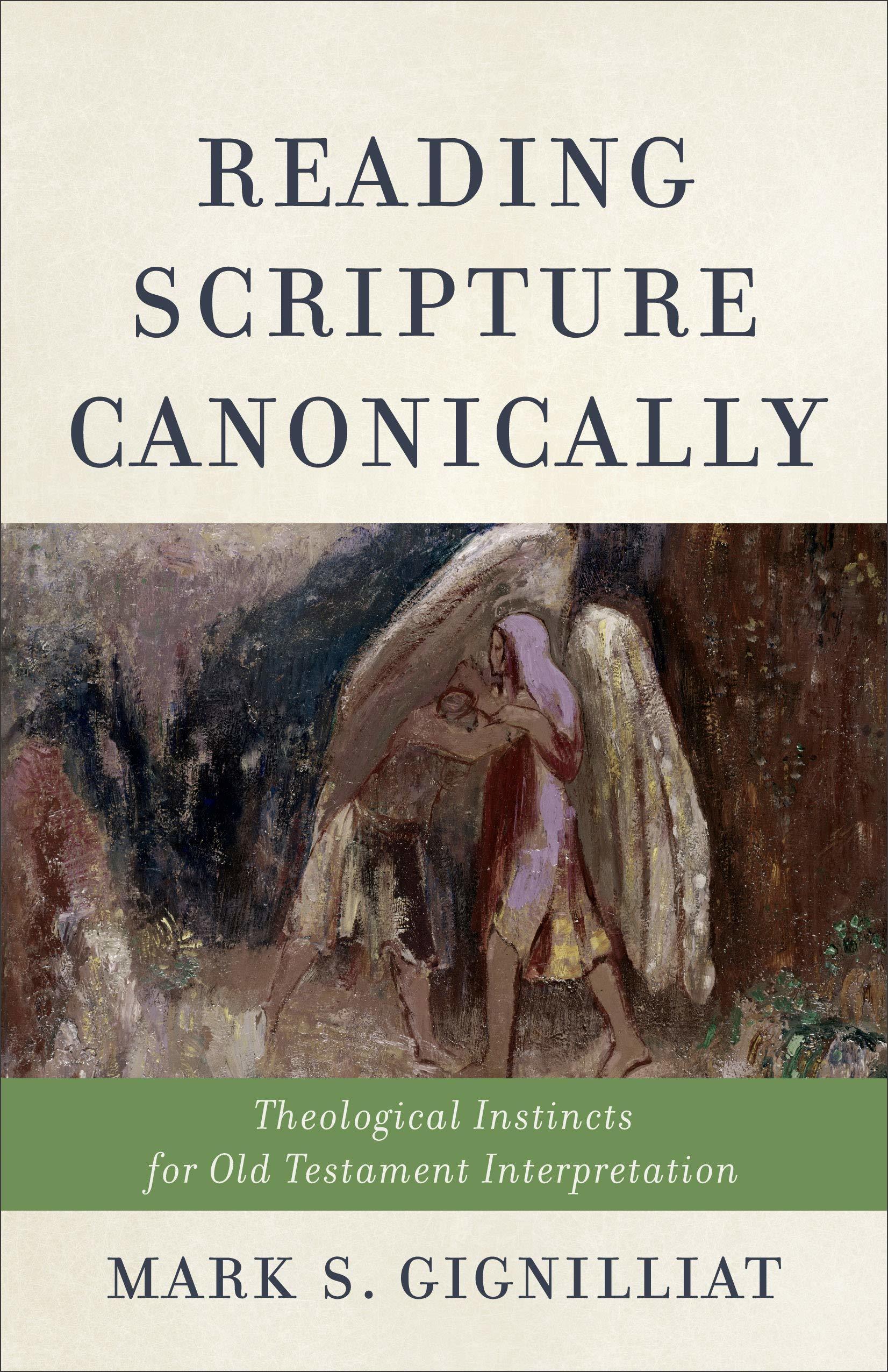What do you think?
Rate this book


144 pages, Paperback
Published June 18, 2019
Gignilliat is aware that these propositions seem to open the flood gates of subjectivity. However, he holds that a canonical reading does not put aside historical-critical studies but acknowledges the text’s complexities without being caught in them. In this way, canonical readings accept both the infinite meaning of Scripture (God's authorship) and privilege its final form (material form). “The canonical approach resists the atomizing instincts of form criticism that tend toward an overly historicized understanding of the biblical text, even if its history is religious and not empirical." (20-22; 33). Thus, a canonical reading does not "deny complexity or theological diversity" but exposes imposed false dichotomies between of source vs. witness, and theology vs. history. Meanwhile, challenging modern "impositions" of "conceptual coherence" on the biblical material. (36) Again, Gignilliat points back to the prophets who speak with unity and separate voices duly influenced by the canon. All these moves bestow a hope for Gignilliat that the canonical method will grant exegesis with a theological framework (40).
Another reason the canonical reading is superior is that the Bible’s final form that we have access to is the canon. Thus, the text's final form should be favored over authorial intention (43). Furthermore, because a canonical approach goes beyond historical provenances, it allows the "actualization of the text." Just as it spoke in their day, it can speak in ours (49). Therefore, surprisingly, the material form of the text allows for Scriptural application today. However, this does not lead to Origenian free jazz. Because first, "the canon is not an object which can become detached from its reception by synagogue and church." Second, there is a "hard distinction between text and interpreter to keep Scripture from becoming a wax nose." At the same time, interpretation is not "a closed door but a wide-open gate," allowing a new generation to hear God's voice (52).
In part two, Gignilliat begins with two critiques. One is that historicism needs to discard its opposition to metaphysical commitments. To demonstrate this, Gignilliat employs a canonical reading to display that it is okay that Moses is not a Trinitarian while being inspired by the Trinitarian God. On the other hand, and here is the second critique, theological interpretation cannot overlook the text’s details and deny the "material sufficiency of Scripture" (86). In this via media, the surplus meaning of the text is accepted while concurrently, the "literal sense and Scripture’s subject matter resist dissolution" (97).
But why should exegetes be concerned with the metaphysical? One reason is that Scripture is concerned with who and what God is. One example Gignilliat gives is the stress the Pentateuch places on knowing who and what God is; this is not an "extrinsic imposition" but an internal pressure. Yet can a canonical reading generate a Trinitarian reading? Gignilliat judges, yes. And he does this by attending to the details of the text, demonstrating his method. For illustration, he sees a plurality of personhood being identified with Yahweh in the example of Jacob wrestling with an angel who is a man yet recognized as God. By looking at the details of Gen. 32 and by canonically looking forward to Hos. 12:5, Gignilliat senses a canonical concern with the personhood of God. Employing the canonical reading, he can say that Yahweh is the Trinity, but the name is not possessed by one person (112).
Gignilliat’s little book, almost a pamphlet, hiding the depth of a tome, argues with clarity. By pointing to a canonical reading, Gignilliat offers an inter-disciplinary discussion harkening to those wandering the "theological mountains" to return to the composition of these mountains while reminding those who attend to the history that God wrote the canon.
However, Gignilliat seems to conflate theological readings with readings that are applicatory and, by doing so, fails to demonstrate how the canonical reading is exactly theological. Theological reading is more than the text’s application to modern contexts. This is exhibited by Gignilliat himself when he shows the text’s concern with who God is, which is undoubtedly a theological reading but not explicitly applicable. This is exposed by his attempt to link Bonhoeffer's reading to a canonical reading. While the canonical reading might 'validate' Bonhoeffer’s reading, Bonhoeffer is not reading canonically in a Child-sian way. Therefore, is the canonical reading generating theological readings or a way to explain and validate them? It would have been helpful to flush out what a theological reading is.
Flowing from this, the book could have discussed the connection between doctrine and canonical readings. This is most needed during his correct critique that theologians are in danger of disregarding the material sufficiency of Scripture. However, these ideas could have benefitted from more discussion. For example, why do we need ontologies if the Bible is materially sufficient? Do the ontologies arise from the Bible’s material sufficiency? While the OT talks about personhood, how can we talk about the Bible's material sufficiency while using concepts outside of it? A canonical reading does not seem to account for these issues.
Overall, this is a wonderful book, which, hopefully, Gignilliat will expand upon in the future. The path seems set, but it can use more examples and seek to articulate how the canonical reading is theological.